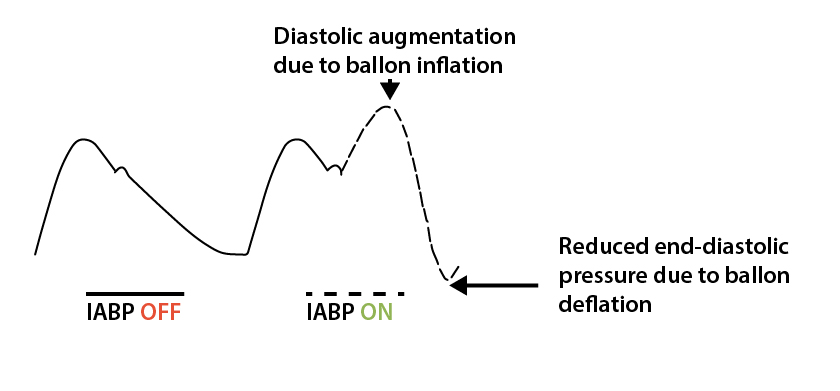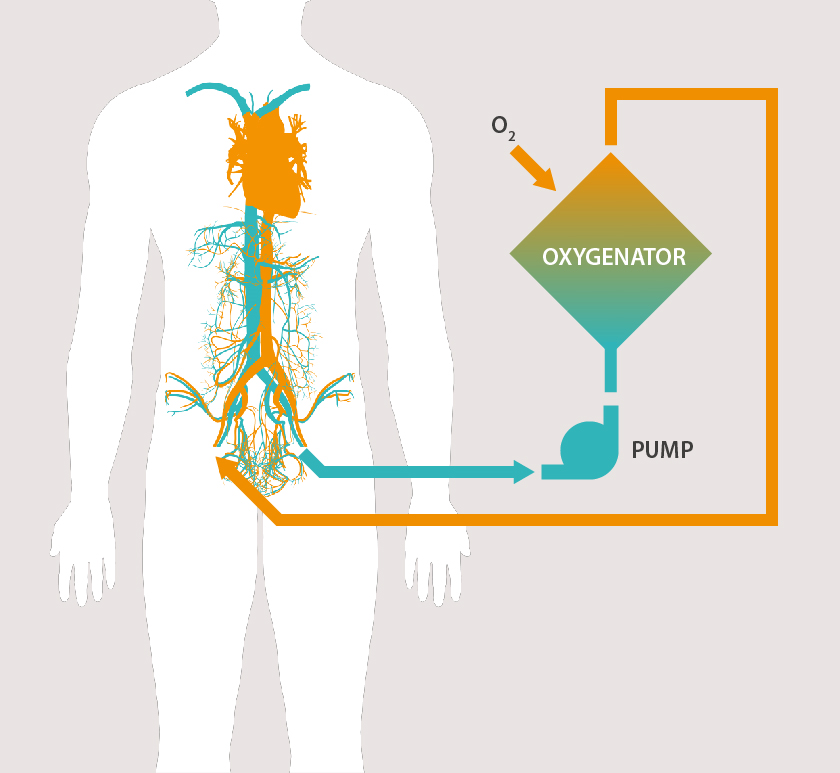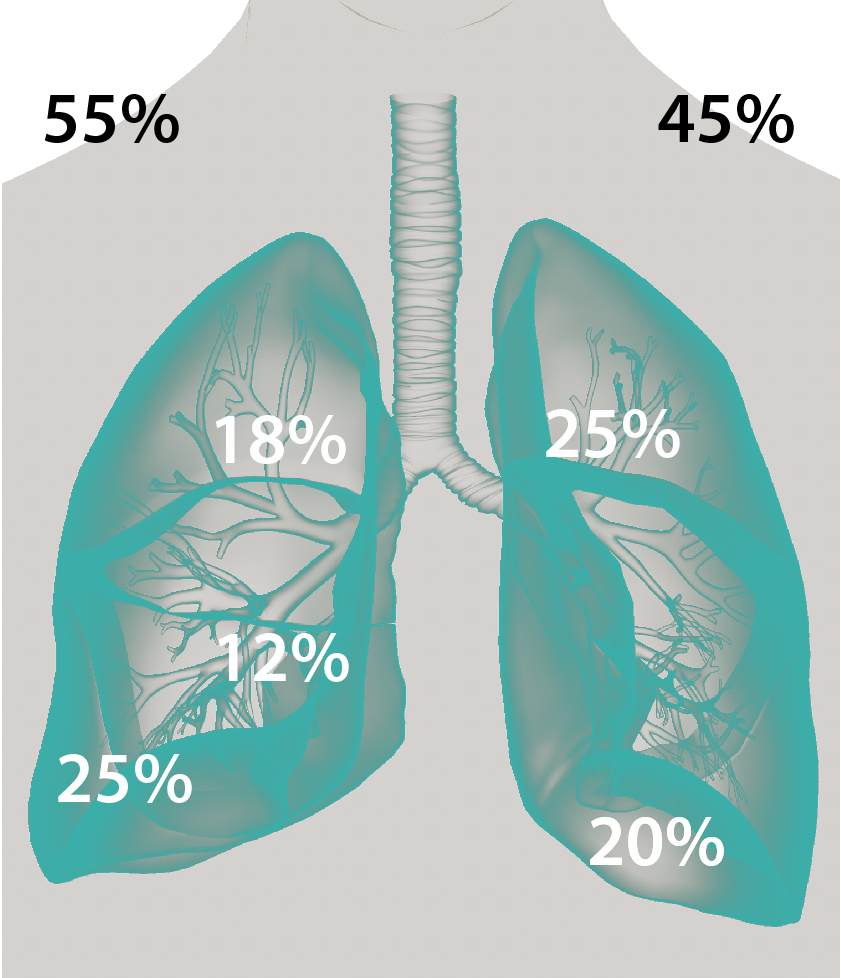Hypothermia or hyperthermia
Significant changes of the blood temperature (TB) of more than 0.15°C/min will cause inability to detect a stable baseline temperature and the message ‘Wait’ will stay on screen.
As soon as the blood temperature (TB) is stable, the message ‘Inject xx ml’ will be displayed and thermodilution measurements can be performed, independent if the blood temperature is high or low. Measurement results are valid and accurate.
In case of hypothermia cooled injectate should be used.




